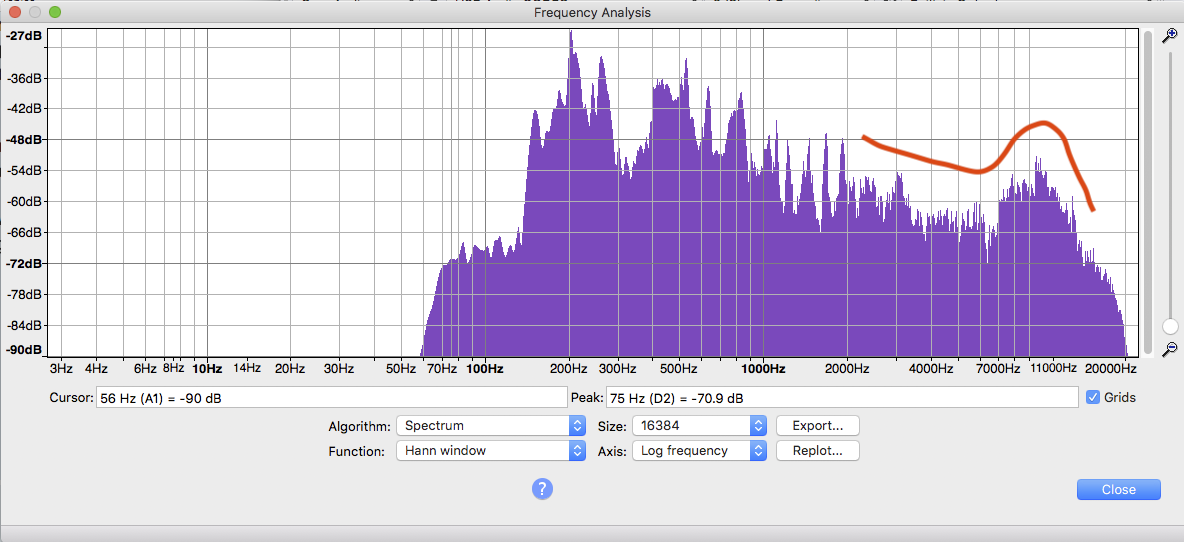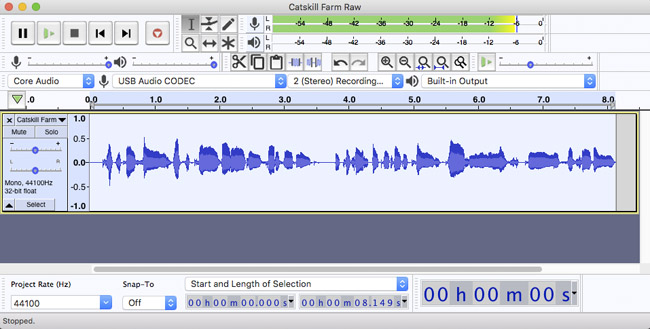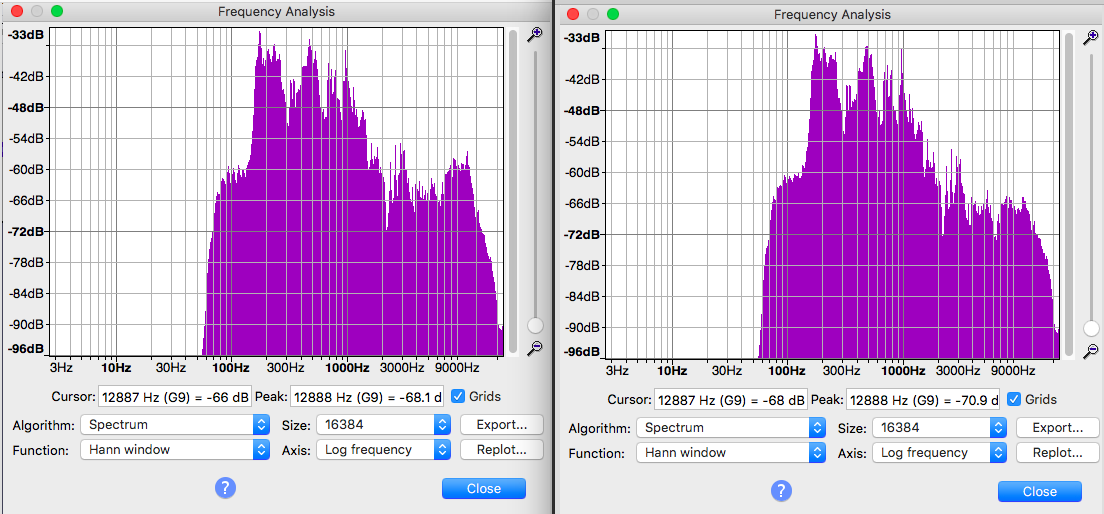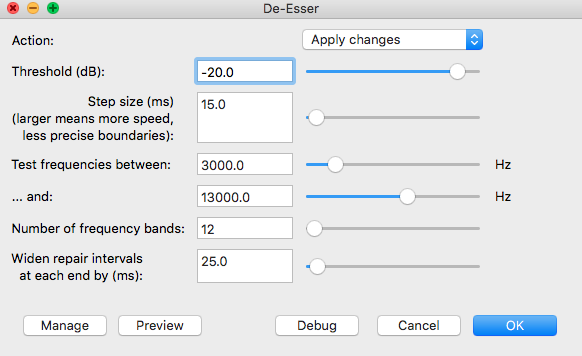I’ll record at a higher level obviously
Maybe not so obviously. ACX puts great stress on having your chapters match. Or more accurately, the chapter beginnings and ends have to match, the chapters have to match each other, and the beginning and end of the book has to match. This just kills first time performers who start a book a rank amateur and finish a seasoned professional. And no, the two ends of the book do not match.
What’s supposed to happen is you let us evaluate typical works and tests under conditions you will be using. After we stomp out the problems, then you record the book. Not pause in the middle for evaluation. Roughly half of sound problems can’t be fixed in post-production processing or filtering.
I know nothing about the settings to be able to change them.
Exactly my problem which is why I wrote a note to the person who wrote the tool asking for help.
Is the S problem so pronounced that the book would be rejected by ACX?
I don’t know. I’m not a fan of the “ice pick in the ear” sound. If you read between the lines, ACX has dumped much of their pre-publication quality evaluation on associated blogs and forums (cough Audacity cough) and leaving it up to us to deal with this. All we know is what has worked in the past.
There are some rules. ACX hates distractions. Anything that pulls the listener out of the story is to be avoided. Remembering, of course, that the listener is paying for this.
The fuzzy goal is telling me a fascinating story in real life over cups of tea. That’s why they hate voice processing, “cell phone sound,” noise pumping, etc. etc. There is still an instructional video posted on the ACX site about using a full-on, glassed-in sound booth in your apartment to record books. Contrast that with the microphone makers who insist you can buy their microphone and crank out audiobooks from the kitchen table.
If you’re the reader, you’re playing three people. The performer, the recording engineer, and the Producer. It’s the Producer who gets to decide to put this off until they get back from their trip.
Koz






